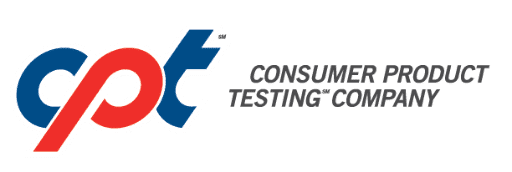Butylated Hydroxyanisole (BHA) and Butylated Hydroxytoluene (BHT) are FDA-approved food additives valued for their strong “antioxidant” properties. Since 1947, low levels of BHA and BHT have been added to edible fats, oils and fat-containing foods to prevent them from oxidizing or becoming rancid. The rancidification process typically gives rise to objectionable odors and flavors which are not desirable in food products. Some examples of foods to which BHA and BHT have been traditionally added include most snack foods (e.g., potato chips), butter, lard, cooking oils, baked goods, cereal and beer. Over the years, BHA and BHT have also been added to many cosmetic ingredients composed of or derived from fats and oils. Both BHA and BHT have even been included in cosmetic product formulations as ingredients to prevent oxidation.
In recent years, research has shown that both BHA and BHT may cause adverse human health effects. The US National Institutes of Health reports that BHA is reasonably anticipated to be a human carcinogen, based upon results obtained from the testing of laboratory animals. The state of California has gone one step further by listing BHA as a human carcinogen under Proposition 65.
Are BHA/BHT safe?
While the low levels of BHA and BHT found in most food and cosmetic products are still regarded as safe, a growing population of consumers are seeking to avoid products containing either chemical to prevent perceived health risks. As a result, many consumers now scrutinize and compare product labels at the time of purchase, checking for the presence of either BHA or BHT in the product. Product owners who wish to respond to consumer demands for products that are free of BHA and BHT must test their products to verify their absence. Regulatory agencies, such as the US Food & Drug Administration (FDA) and Federal Trade Commission (FTC), are now regularly challenging such claims, requiring product owners to provide supporting evidence that their products are free of BHA and/or BHT as claimed.
A critical point for manufacturers and product owners to keep in mind is that BHA and/or BHT have been added at low levels to ingredients that are derived from fats and oils for more than 50 years. Although this has been common practice to preserve products and prevent rancidification, in most cases, the addition of BHA/BHT was never disclosed. As a result, product manufacturers who purchased these raw materials were never aware that they contained BHA and/or BHT. As a result, they eventually ended up in the products that they manufactured. Although FDA has been tightening up on ingredient manufacturers, it is still possible that ingredients may contain BHA/BHT without this fact being disclosed. For this reason, manufacturers and product owners who wish to claim their products are “Free of BHA/BHT” must carefully screen raw materials to be certain that their products are truly free of the compounds.
How is BHA and BHT testing conducted?
Testing for the presence of BHA/BHT in cosmetic and food products is typically conducted employing a chromatographic technique, primarily Gas Chromatography (GC). However, High Performance Liquid Chromatography (HPLC) and Ultra Performance Liquid Chromatography (UPLC) may also be suitable.
The most common testing programs that are employed for the purpose of identifying and/or eliminating BHA/BHT from food and cosmetic products include the screening of raw materials, the testing of product batches and the post-cleaning testing of non-dedicated processing equipment.
What types of BHA/BHT testing does CPT offer?
CPT℠ Labs can provide strategic planning assistance and testing services that are appropriate for supporting the “Free of BHA/BHT” claims that our clients wish to make. Meeting “Free-of” detection requirements, as outlined in 16 CFR 260.9, requires testing methods that are validated for residual testing and have the highest degree of detection sensitivity. CPT Labs is ISO/IEC 17025 accredited for chromatographic testing and maintains state-of-the-art analytical laboratories at the highest level of regulatory compliance and testing accuracy. Our BHA/BHT testing features highly sensitive in-house methods utilizing Gas Chromatography – Mass Spectrometric (GC-MS) technology that is capable of detecting and measuring both chemicals. The analytical experts at CPT are well-versed in testing “Free of” claims for BHA/BHT products and can provide guidance and testing support to suit each client’s specific needs.

